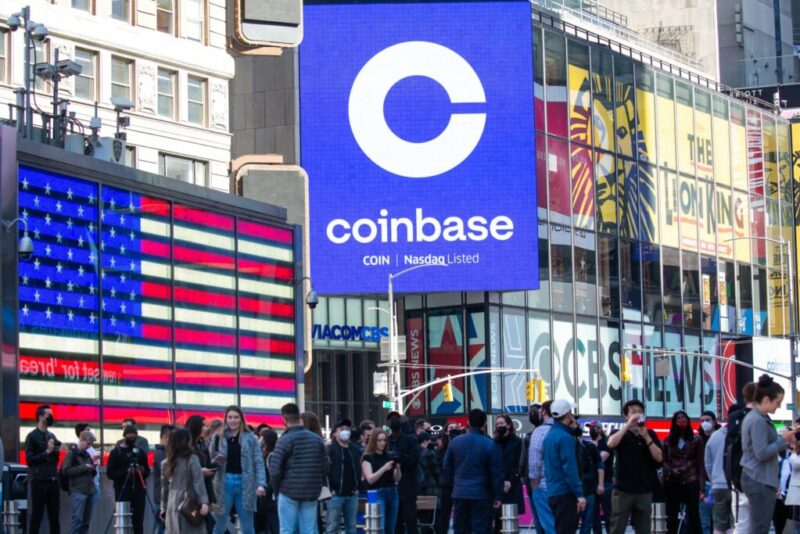L’Ongoing Debate: Eurozone’s Inflation Reaches 2% in October, Exceeding Expectations
An annual inflation rate of 2% was reached in the Eurozone in October, meeting the target set by the European Central Bank (ECB) and slightly surpassing analysts’ expectations of 1.9%.
This increase follows a decline to 1.7% in September, indicating that the temporary low inflation trend observed last month was in line with the ECB’s end-of-year projections.
The release of these data led to a slight 0.1% increase in the euro against the US dollar and raises questions about the ECB’s future monetary policy steps.
Inflation in the Eurozone Reaches 2% in October
🚨 Eurozone inflation rises to 2% in October.
pic.twitter.com/TQ1vG7Dtj5
An annual inflation rate of 2% was reached in the Eurozone in October, meeting the target set by the European Central Bank (ECB). Eurostat, the statistical body of the European Union, measured this increase, which slightly exceeds analysts’ expectations of 1.9%. This rise comes after a September inflation rate of 1.7%, marking its lowest level in relation to the ECB’s target in over three years.
This acceleration of inflation, although anticipated by some experts, reflects a complex economic dynamic influenced by factors such as energy price fluctuations. The rise in October shows that the low inflation trend observed in September was temporary and aligned with the ECB’s end-of-year projections.
Market Reactions and Euro Fluctuations
The publication of these inflation data immediately had repercussions in the foreign exchange market. The euro rose 0.1% against the US dollar, reaching $1.087, a slight rebound signaling investors’ sensitivity to economic developments in the Eurozone. However, this reaction remains moderate, with overall anticipation of this increase by financial markets, which continue to assess the potential impact on the ECB’s future monetary policy decisions.
The ECB’s Strategy in Response to Inflation Variations
The ECB has been anticipating a slight increase in inflation figures in the last months of the year, partly due to a temporary decline in energy prices observed in the previous year. By reaching its 2% target, the ECB sees inflation stabilize within the tolerance range, in line with its strategy to maintain price stability.
However, this situation raises questions about the future steps in ECB’s monetary policy. The return of inflation to the 2% threshold fuels debates about the need for future adjustments, especially if inflation were to persist or exceed the target in the coming months.




